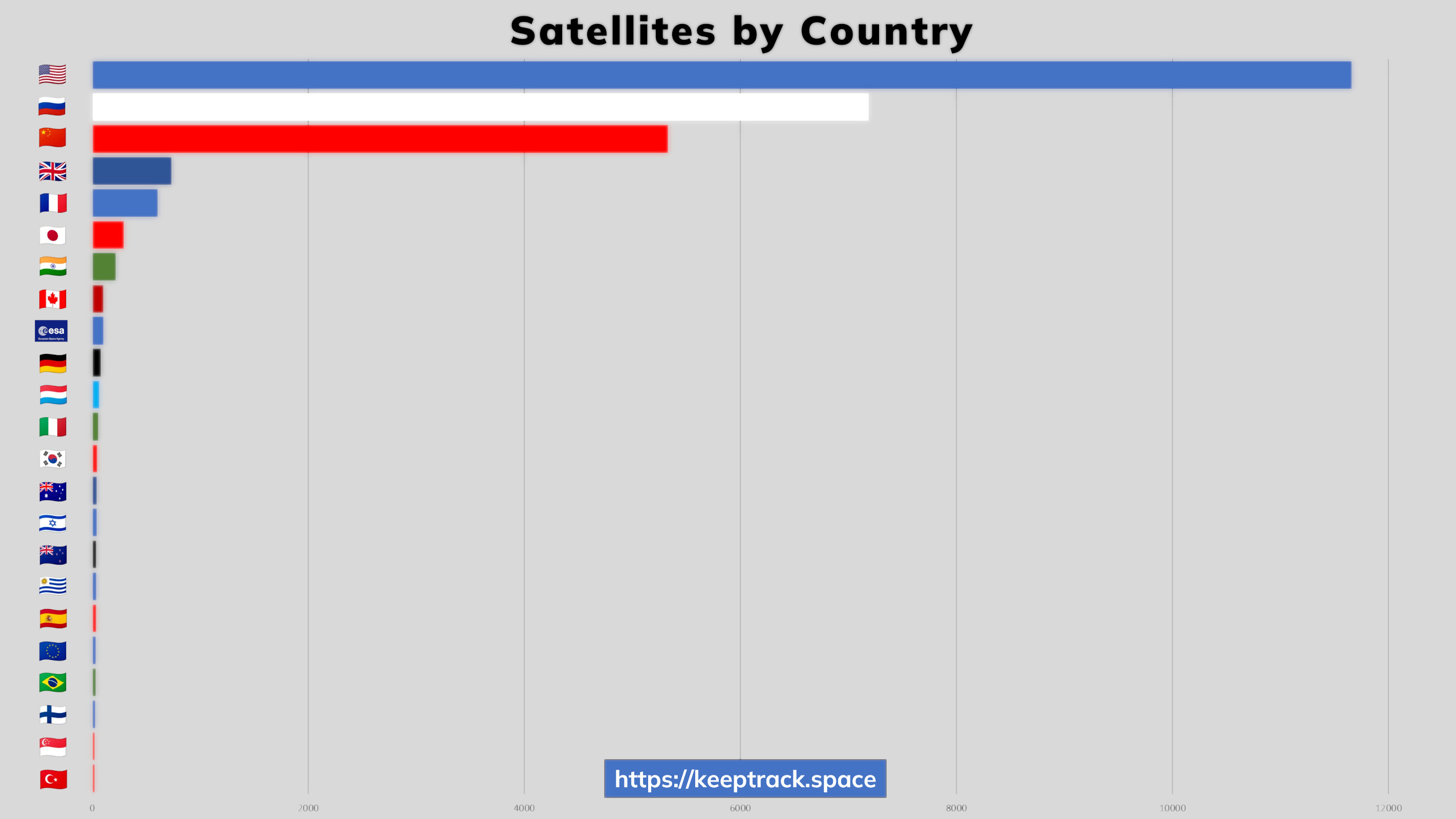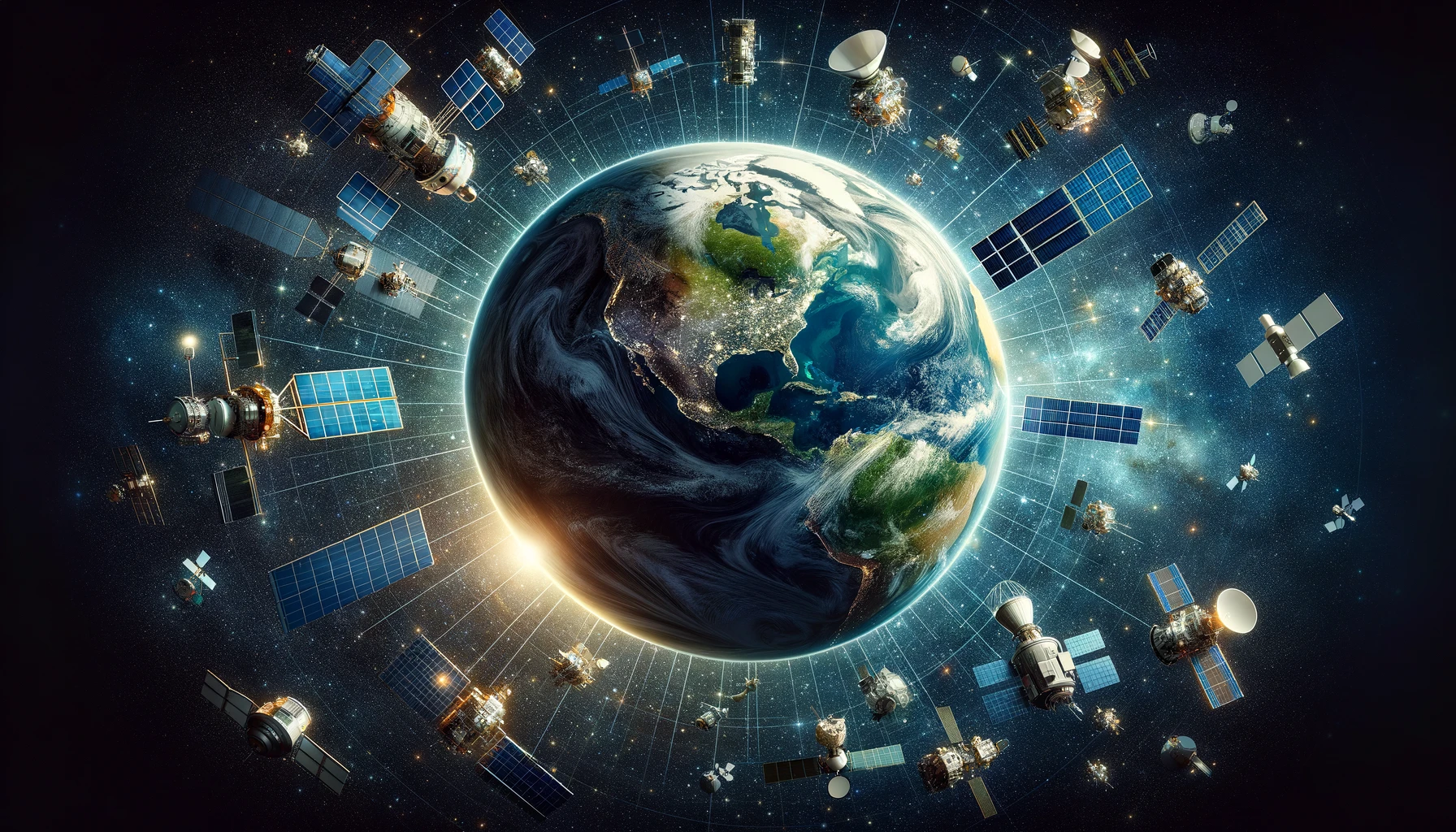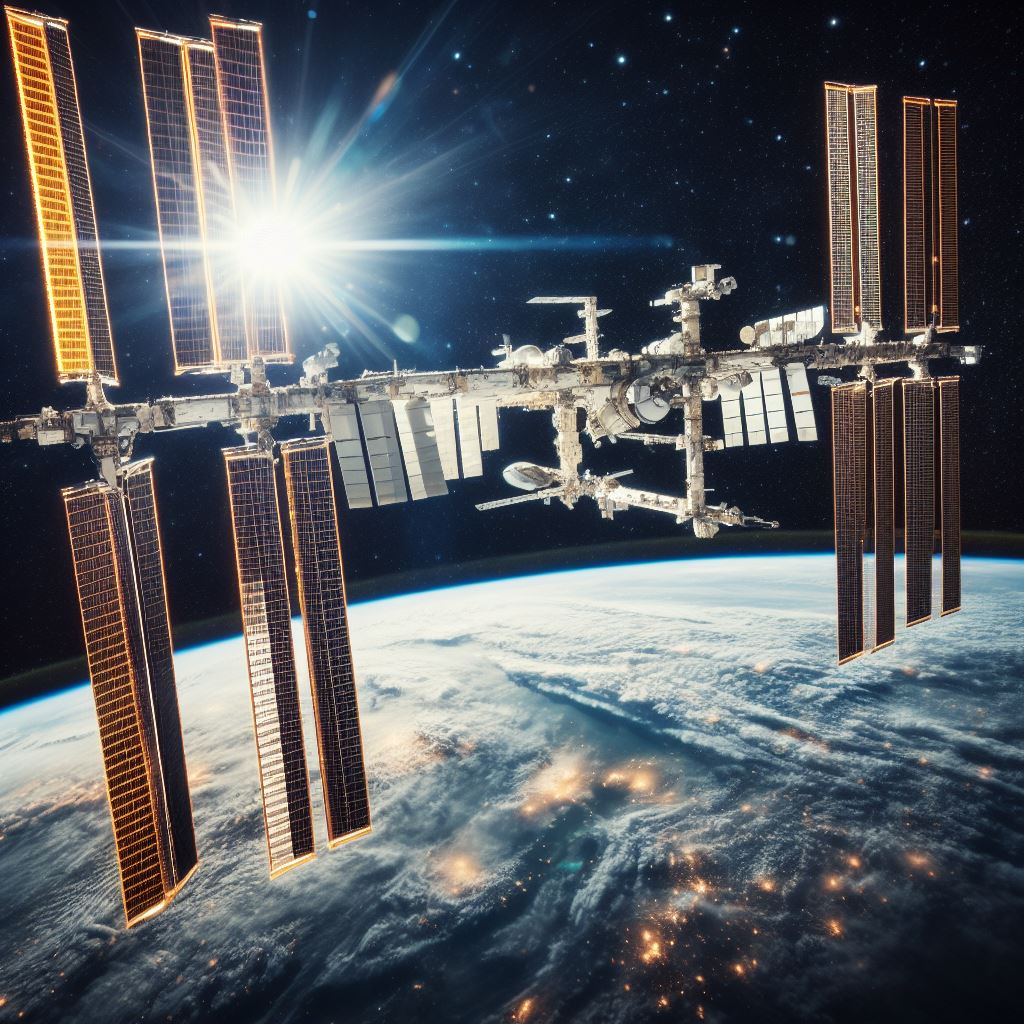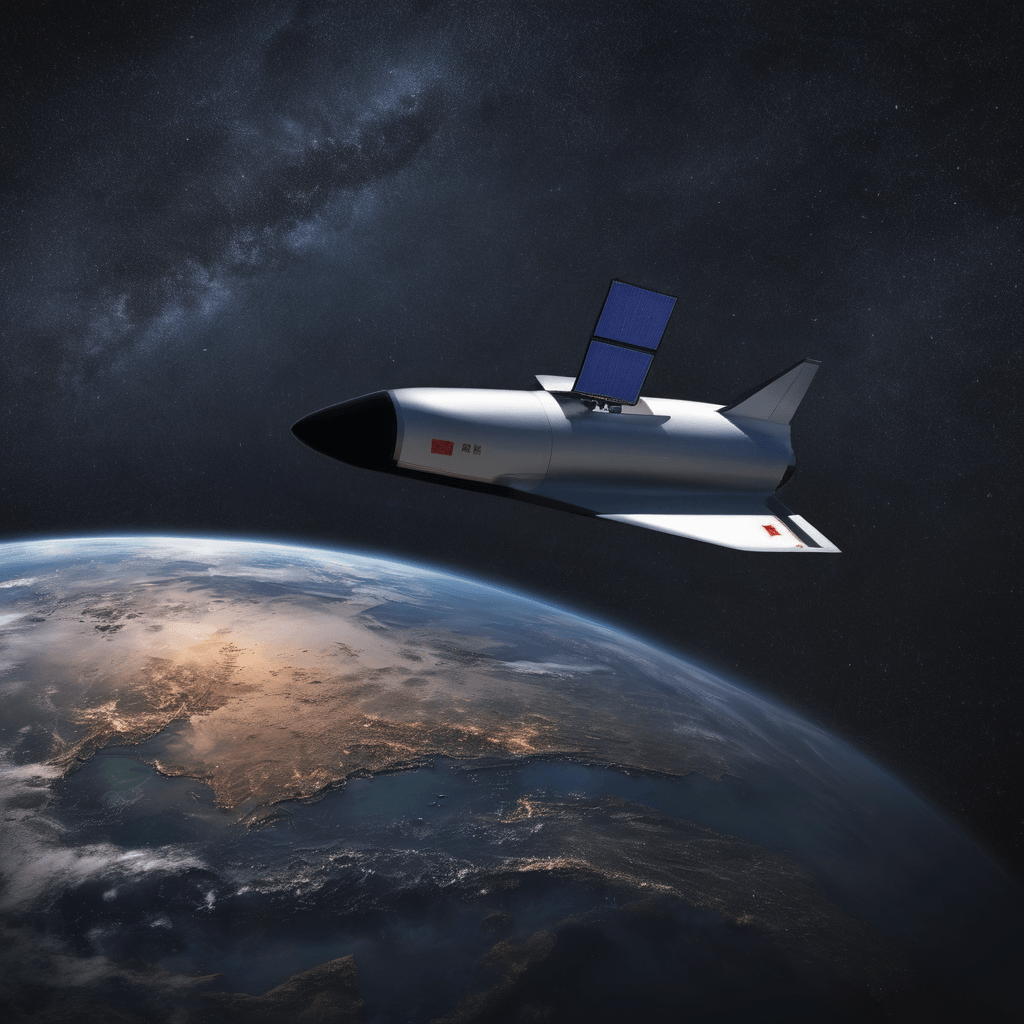· deep dive · 4 min read
Satellites by Country
Explore a comprehensive breakdown of satellite counts by country, detailing the USA, Russia, China, and others.
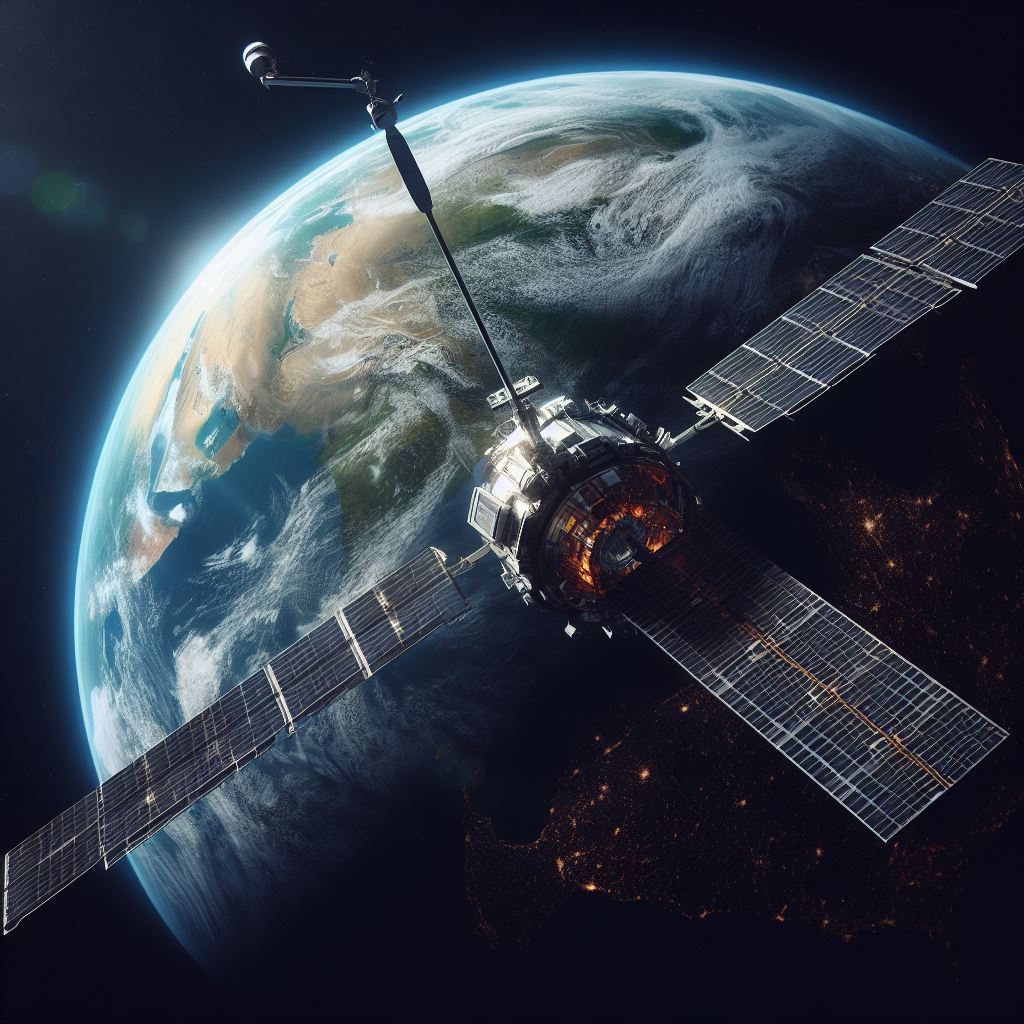
Satellites, orbiting our Earth, are paramount for diverse purposes, from research and defense to communication and entertainment. This comprehensive overview showcases the prominence and purpose of satellite contributions by country.
Leading the Satellite Race
United States (USA) - 11,655 satellites
The USA’s satellite collection is not merely about quantity but also versatility:
- Defense: Surveillance and intelligence.
- Communication: Covering vast landscapes, even in remote areas.
- Research: Under the aegis of institutions like NASA.
- Weather Forecasting: Agriculture and disaster prediction hinge on these.
Russia - 7,187 satellites
With its roots tracing back to the Soviet era, Russia’s space ventures are pivotal:
- Defense: Securing national borders and intelligence gathering.
- Communication: Spanning the expansive nation.
- Navigation: Through the globally recognized GLONASS system.
China - 5,330 satellites
China’s rapid rise in the space sector mirrors its global ascent:
- Navigation: Their BeiDou system offers global navigation services.
- Space Exploration: From lunar missions to planned space stations.
- Communication: Facilitating China’s vast and intricate networks.
Europe’s Satellite Pioneers
United Kingdom (UK) - 735 satellites
The UK’s influence in the satellite realm is undeniable:
- Communication: Global services, with firms like Inmarsat leading.
- Research: Exploring space and environmental mysteries.
- Defense: Securing national interests, both domestically and abroad.
France - 604 satellites
France’s impact in space technology is vast:
- Telecommunication: Networking its global territories.
- Defense: Strengthening European defense alignments.
- Research: Pioneering space exploration and studies.
Germany - 80 satellites
Germany’s satellite focus is multifaceted:
- Earth Observation: Monitoring climate and land changes.
- Communication: Seamless national and international connectivity.
- Science: Via institutions like the German Aerospace Center (DLR).
ESA (European Space Agency) - 102 satellites
ESA, an intergovernmental collaboration, holds satellites vital to European interests, ranging from research to communication.
European Union (EU) - 31 satellites
Distinct from ESA, the EU’s satellite count is project-specific, aligned with the Union’s policies and regional directives. While member nations overlap, satellite registrations and purposes create this distinction.
Asia’s Satellite Innovators
Japan - 294 satellites
Japan’s technological reputation extends to space:
- Communication: Driving modern connectivity standards.
- Weather Forecasting: Vital for monitoring typhoons.
- Research: Managed by the Japan Aerospace Exploration Agency (JAXA).
India - 218 satellites
India’s space ambitions are evident in its satellite deployments:
- Navigation: Through its regional NavIC system.
- Communication: Bridging the nation’s vast terrains.
- Observation: Tracking agriculture, urbanization, and more.
South Korea - 48 satellites
South Korea’s satellite array is strategic:
- Communication: Enhancing broadcasting and connectivity.
- Meteorology: Detailed weather analyses.
- Defense: For regional security.
Satellite Players from Other Continents
Canada - 105 satellites
Canada, with its vast geography, relies on satellites for:
- Earth Observation: Surveying its diverse landscapes.
- Research: Partnering in international space missions.
- Communication: Essential for its scattered populations.
Australia - 44 satellites
Australia’s space ventures focus on:
- Communication: Especially vital for remote regions.
- Research: Understanding both space and Earth better.
- Defense: Aiding national security efforts.
Israel - 40 satellites
Despite its size, Israel’s satellite influence is substantial:
- Defense: Monitoring regional activities.
- Research: Space explorations in collaboration with global entities.
- Communication: Underpinning both domestic and global links.
New Zealand - 38 satellites
New Zealand’s burgeoning satellite sector is fascinating:
- Communication: Connecting its island territories.
- Research: Probing geophysical and atmospheric phenomena.
- Surveillance: Overseeing its vast maritime zones.
Satellites in Emerging Economies
Each of these countries, though having fewer satellites, is marking significant progress in the satellite sector, signaling future potential.
Luxembourg - 68 satellites
Luxembourg’s endeavors are novel:
- Space Resources: Investigating celestial mining.
- Communication: Comprehensive satellite-backed networks.
- Research: Joint missions with international partners.
Spain - 35 satellites
Spain uses its satellites primarily for:
- Earth Observation: To understand climate changes.
- Communication: Strengthening both domestic and overseas links.
- Navigation: Supporting regional travel and transport.
Brazil - 31 satellites
Brazil, with its vast landscapes, leverages satellites for:
- Environmental Monitoring: Observing deforestation and urban growth.
- Communication: Catering to its vast territories.
- Defense: Protecting its expansive borders.
Italy - 57 satellites
Italy’s satellite arsenal plays diverse roles:
- Communication: Supporting Italy’s network requirements.
- Navigation: Enhancing travel, trade, and transportation.
- Research: Collaboration with European and global missions.
(Other countries like Finland, Singapore, and Turkey, with their focused satellite counts, also contribute significantly to specific domains like research, communication, and defense.)
Conclusion
Satellites have transitioned from exclusive, luxury assets to crucial tools of significance for nations. As technology evolves and space becomes more accessible, nations are increasingly recognizing the multifaceted advantages of satellites. Collaborative ventures and shared aspirations indicate a future where the sky isn’t the limit but a new frontier.
